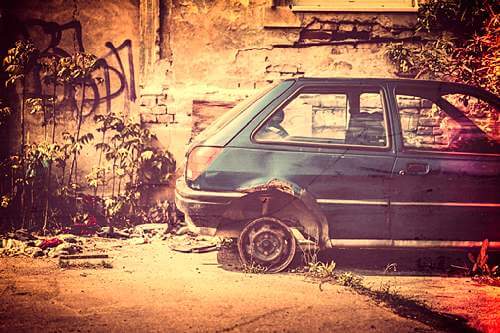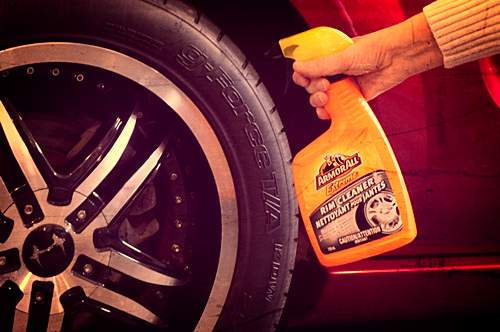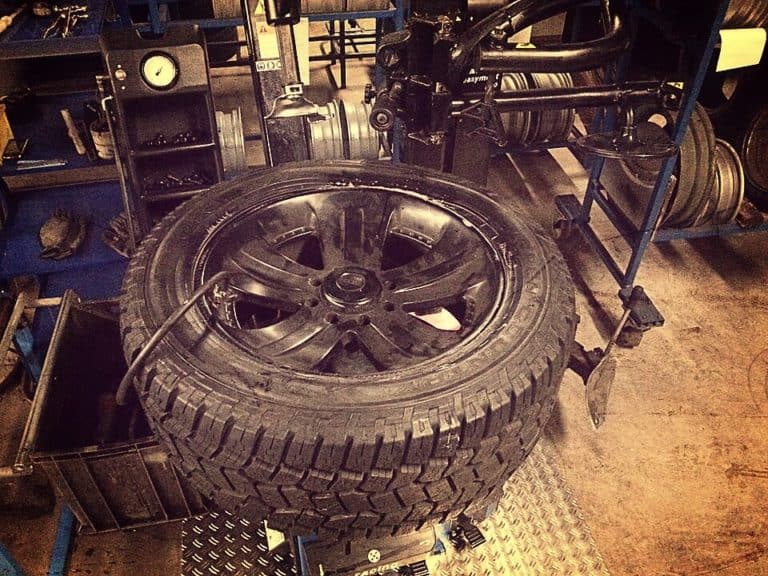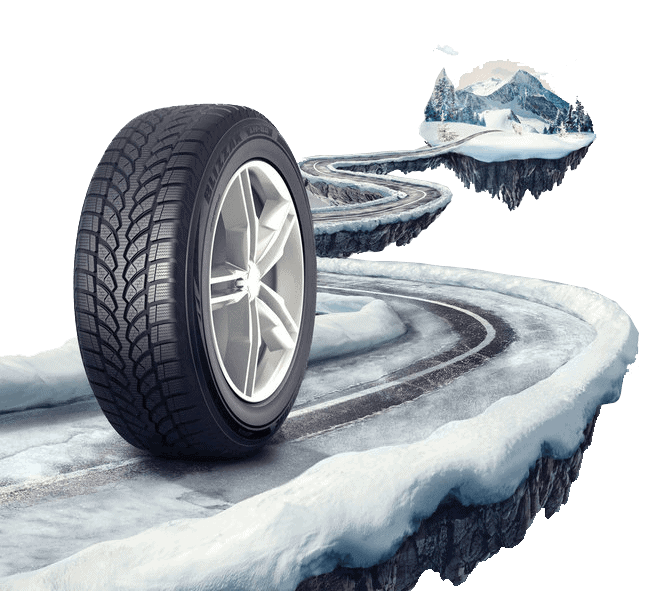Trapped in a Ditch? How to Get Out of a Snowbank
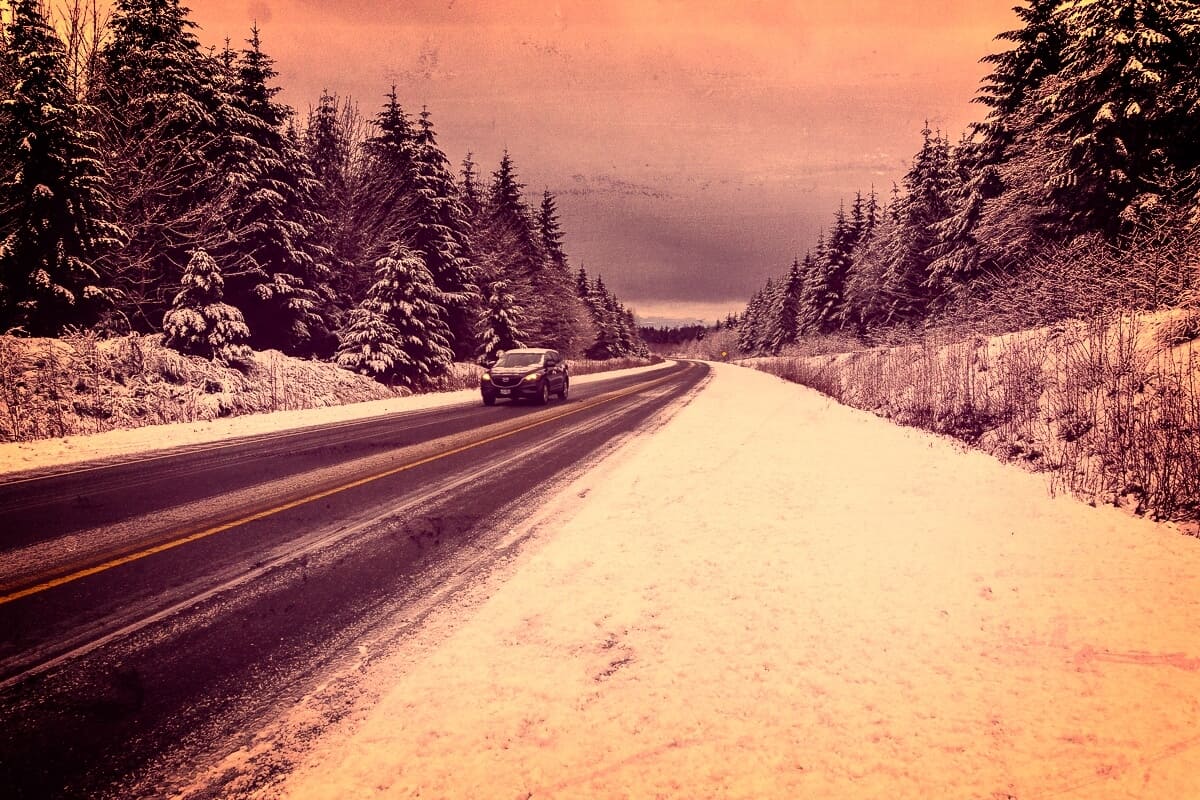
How to Get Out of a Snowbank, Darn You Winter
Mantioba Winters can be brutal and thus, driving in winter can be dangerous. If you are a motorist in Canada, you will agree that winter is the most challenging and dangerous season for driving. You must be prepared to tackle different driving issues and most importantly, know how to get your car out of the snowbank.
Regardless of how excellent the 4WD or AWD system of your vehicle is or how good your winter tires are, you’ll still find yourself stuck in a ditch, on someone’s lawn or unable to get out of a parking lot at the back of a mall.
Instead of seeking roadside help and waiting for hours in the cold, is there a better and quick solution to extricate your vehicle from a snow bank? Of course, there are no stuck-in-the-snow scenarios that are similar.
However, there are general guidelines which may help you while deciding the best way to get your car out of winter’s frosty grip. Without further ado, let’s look at those guidelines:
1. Proper Assessment of the Situation
It is easy to go off the road and down an incline when driving in winter. Due to the steepness of the slope and the depth of the snow, it will be difficult to drive back up to the roadside. It is likely that human power will not get your car out.
If you find yourself in this situation, the only thing you can do to avoid potential damage to your ride and being frustrated is to call a professional towing service. The way you got into a snowbank, or a ditch is almost always the easiest way out. Take note of the surface beneath the tires.
You will require some traction aid if it is ice. You’ll have to create a path for the tires and your vehicle if it is deep snow. If you have left a road that has traffic, stay safe by setting up a spotter (use a flashlight if it is dark) to assist in keeping your car out of the path of other vehicles.
2. Be Mindful Of Your Vehicle When Seeking Help from Volunteers
Consider the condition of your vehicle before you ask for assistance from your friendly neighborhood 4×4 enthusiasts or the local football team. Modern cars with plastic bumper covers and trim and lightweight body panels can be damaged easily. Take into account that your vehicle wasn’t meant to be pushed, or pulled using a tow strap attached to the wrong part.
Your helpers need to put their hands on a large vertical surface of the bumper underneath the grille when pushing the vehicle from the front. At that point, there’s a steel reinforcement beam that can sustain a lot of force.
Never allow anybody push on the hood or a headlamp; you will be calling for expensive repair bills. The same principle applies to exterior mirrors. Again, ensure your volunteers place their hands on the main face of the bumper when pushing from the back. You may have to call a tow truck if your vehicle is in a position that doesn’t allow these options.
The greatest risk of the car damage involves the use of a tow strap attached to the undercarriage. Your bumper cover will be damaged if the attachment of the strap at the towing truck is positioned higher than the hook on your vehicle.
Most cars come with their tow hook. If you check carefully at either the rear or the front bumper cover, you will find a small square plastic section; pop it off, and you will see a threaded hole for the tow bolt/hook.
You only need to thread it in a few turns, and you are ready to go. Never use chains; unless you’re working with a highly experienced rescuer. Keep in mind that the jolt of a metal chain almost always causes some damage. It will be prudent for you to use a flexible tow strap since it delivers a gentler tug.
3. Rock And Roll Technique Needs a Lot of Experience
Few motorists have enough experience to rock from the front to reverse and back gain on the shifter to get their vehicles out of the snow bank without causing any damage. It is even more challenging when you are driving a manual transmission auto.
If you have two or more volunteers, you can ask them to rock the car by positioning them at both ends of the car. Once you can move, remember that one set of these helpers will be in your path. Don’t injure them!
4. Enhance Your Traction
If you have a shovel, try to clear the ice and slush down to the hard surface to create a path for the undercarriage and the tires. If you don’t have a shovel, you can keep warm and get busy clearing the snow by stamping it down with your feet.
Carpeted floor mats can help you to enhance traction, but you may damage them in the process. Make good financial decisions. For instance, it will not wise to destroy a $150 set of floor mats to avoid a $100 towing service.
Kitty litter is also an excellent and cheap alternative. If you purchase a container for winter and don’t use it, you can donate to an animal shelter in the spring. Plus It’s added weight in the truck giving your vehicle more traction.
5. Go Easy On the Throttle
If some volunteer helpers are pushing your car, be concern about their safety. There is high chance that a spinning tire might throw stones and gravel powerful enough to injure them.
You should only apply a small amount of gas pedal when trying to remove a stuck vehicle from a snow bank. Always know the direction of your steering wheels.
6. Clean the Vehicle Thoroughly
If you get trapped in a snow bank, the undercarriage and the wheels of your vehicle will have a lot of slush and ice. At high speeds, this can cause unnecessary vibrations. When temperatures drop, the material packed in the car will turn to hard ice that may destroy different components. Once you are out of the snow, head to a nearby car wash and get those ice and slush flushed out.
Even though you might feel stuck, these general tips will assist you to gain traction when all seems lost. These pointers should help on how to get out of a snowbank.



